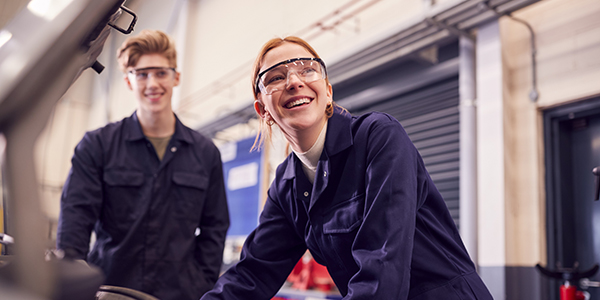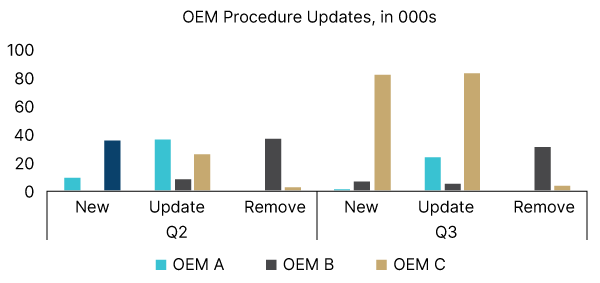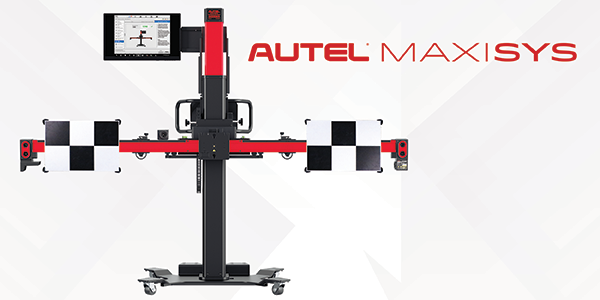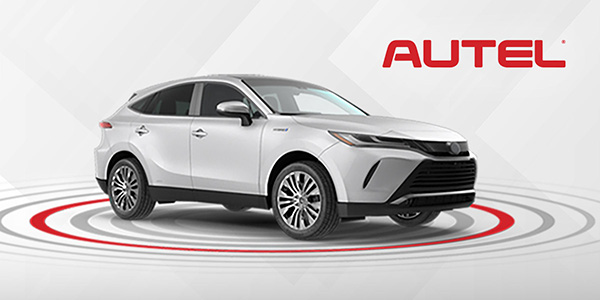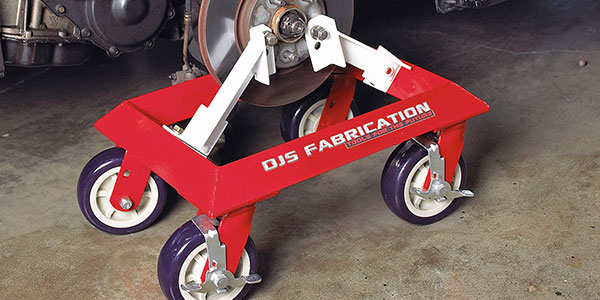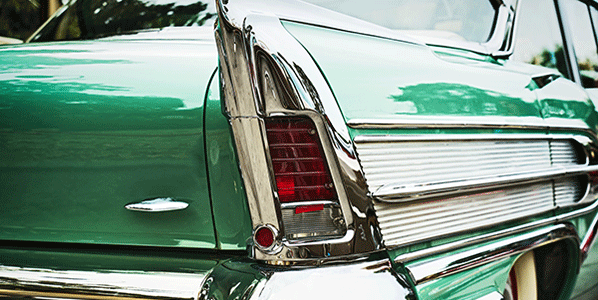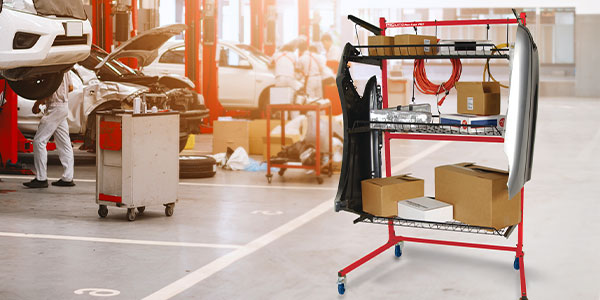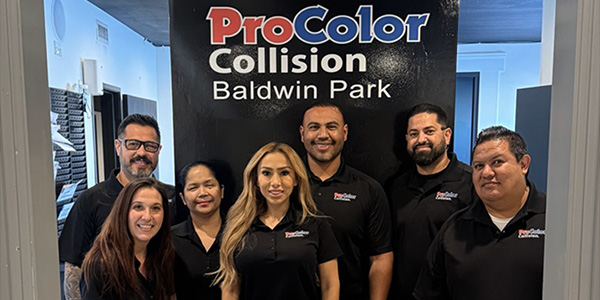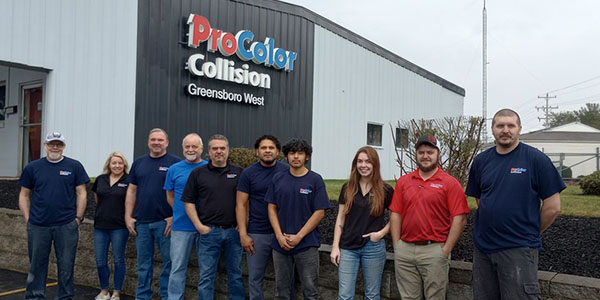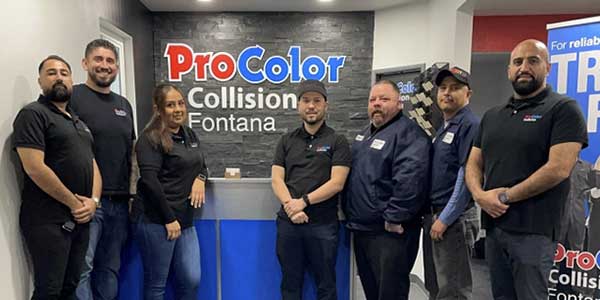The Great Resignation has impacted the collision repair industry, but there are ways to grow and retain your team, says ProColor Collision’s Scott Bridges.
Just as your equipment requires time, attention, and resources to work appropriately, so does your team. They are your most valuable asset, and when treated as such, remain engaged and committed to providing quality service to your customers and focused on the team’s collective success.
The best way to improve employee retention is to make it obvious why they should stay. When people are happy with their work, how they do it, who they do it with, and how they are compensated, they will often stay for a long time.
A few key retention strategies have proven successful at ProColor Collision locations and shops across the Fix Network family of brands.
Hiring well. Finding someone with the right mix of technical skills who aligns with your shop’s culture and values can be challenging. A well-developed job description and established interview process will help streamline the process. ProColor Collision Franchisees have access to job descriptions and interview guides for each position in their shops, so they can spend less time preparing to interview and hire and focus on engaging with candidates.
Onboarding and orientation. Employee retention starts on day one. A thorough understanding of what they will be doing, who they will work with, and what is expected of them plays a significant role in empowering them and those they work with to succeed. ProColor Collision provides onboarding tools to franchise owners, including standard operating procedures and Day-in-the-Life reference documents for each position, so new and long-term employees have structure to their day-to-day activities.
Employee compensation. Compensation is about more than just a fair paycheck. It includes PTO, health and financial benefits, and other factors that add to the actual value of the position. No matter how valued an employee may feel, they are likely to look outside their current company if they feel inadequately compensated for their work. ProColor Collision shops offer competitive salaries, and our national buying power allows local ProColor Collision shops to provide benefits packages that aren’t always available from independent shops.
Training and development. Everyone wants the opportunity to grow in their position to advance their skills and earning potential. According to LinkedIn, 94% of employees say they would stay with a company longer if it invested in their career development. Learning opportunities are available to all ProColor Collision employees through online and in-person training, both specific to ProColor Collision and from industry-leading partners.
Communication. Good and open communication is imperative to teams working together positively and productively. It builds trust, boosts morale, and helps employees stay engaged because they understand their role in the team and its success. Daily team meetings and a shop newsletter highlighting team and individual achievements are a few ways to keep all communication channels open. You should also encourage employees to openly talk about the employee experience in surveys, meetings or one-on-one discussions.
Performance Feedback. It’s essential to give employees feedback and provide ways for them to regularly give input about the organization and aspects of their jobs. Conducting regular reviews and employee surveys and using the feedback received to help guide change confirms their input and that their involvement on the team is valued. An employee engagement survey template is available for ProColor Collision franchisees to personalize and use.
Recognition and rewards. A 2022 Gallup/Workhuman survey found that employees are 56% less likely to look for new opportunities when they feel recognized for their work. Don’t underestimate the business impact of giving people reasons to feel good by recognizing milestones of all shapes and sizes.
Recognition and rewards can come in all shapes and sizes, from acknowledging an employee of the month to rewarding your team members in the moment. Linking some awards to your company goals reminds people of their direct impact on your shop’s success. When formal and informal recognition is built into your company culture, it can help to attract and retain top performers while deepening commitment to your organization.
These retention strategies can be valuable in building and keeping a stronger and more productive team, improving your company’s culture, and reducing the expense of ongoing hiring and onboarding.
Retention is something that happens every day that a person chooses to work for you. Staying connected with your employees and understanding their experiences is the single best source of information regarding company culture and why they continue to show up to work.
Scott Bridges is the senior vice president for Fix Network U.S., the leading global automotive after-market services network which includes ProColor Collision. The family of brands spans more than 2,000 points of service internationally. In the United States, Mondofix, Inc. has granted an exclusive license to 79411 USA LLC to the FIX AUTO brand.

